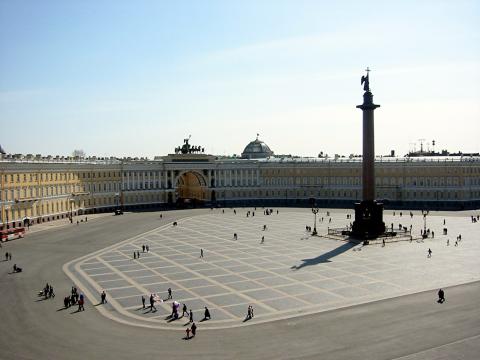Location
The Summer Palace is the largest and most well-preserved royal park in China. It is a vast ensemble of lakes, gardens and palaces that fully radiates the natural beauty and the grandeur of royal gardens.
The construction of the palace started in 1750 as a luxurious royal garden for royal families to rest and entertain. Artisans reproduced the garden architecture styles of various palaces in China. The Summer Palace is mainly dominated by Longevity Hill and the Kunming Lake which was created by extending an existing body of water to imitate the West Lake in Hangzhou. Later on the palace became the main residence of royal members in the end of the Qing Dynasty.
In December 1998, UNESCO included the Summer Palace on its World Heritage List. It declared the Summer Palace private://a masterpiece of Chinese landscape garden design. The natural landscape of hills and open water is combined with artificial features such as pavilions, halls, palaces, temples and bridges to form a harmonious ensemble of outstanding aesthetic value.private://
Longevity Hill is adorned with an ensemble of grand buildings. The focal point of the buildings is the 41 meters high Tower of Buddhist Incense that is built on a 20-meter-tall stone base.
• To East Gate at Tongqing St. and Yiheyuan St.: Beijing Subway Xiyuan Station (Line 4); Beijing Bus routes 209, 330, 331, 332, 346, 394, 579, 601, 608, 683, 696, 718
• To North Gate at Yiheyuan Rd. and Qinglongqiao East St.: Beijing Subway Beigongmen Station (Line 4); Beijing Bus routes 303, 330, 331, 346, 375, 384, 498, 563, 601, 608, 683, 696, 697, 718, 特5, 特10.
• To West Gate at Jinhe Rd. and Yiheyuan Ximen Rd.: Beijing Bus routes 469, 539
Entrance Fee:
Nov.1 - Mar.31 20 CNY
Apr.1 - Oct.31 30 CNY
Opening Hours:
Nov.1 - Mar.31 7:00-17:00
Apr.1 - Oct.31 6:30-18:00

















